3rd century BC – Ashoka’s rule.
* Kashmiris become famous throughout Asia as learned, cultured an humane and intellectual contribution of writers, poets, musicians, scientists to the rest of India was comparable to that of ancient Greece to European civilization.
Spread of Islam
* A Buddhist priest Rinchen left his home in Ladakh, after the murder of his father and took refuge at King Shadeva’s court in Kashmir.
* Muslims from Swat, Shah Mir, came to Kashmir looking for work.
* Mongols (under Dulacha) invaded Kashmir in absence of Sahadeva.
* Rinchen was supported by Shah Mir and some of the feudal lords, and met a Muslim saint by the name of Bulbul Shah.
* Richen took the name of Saddrudin and converted to Islam. His conversion marks the beginning of Muslim rule in Kashmir. Rinchen is remembered as just and wise ruler. Janaraja calls him a, ‘lion among men’. His reign did not last long.
1354: The first great king of Muslim period
* Shahab-ud-Din came to throne in 1354, after the devastation of the Mongol attack.
* Foreign expeditions led by Shahab-ud-Din to Balistan, Ladakh, Kishtwar and Jammu.
* Shahab-ud-Din loved learning, patroised art & architecture.
* Devastating flood in 1361 – general well being.
* Shahab-ud-Din died in 1373, passing throne to Qutb-ud-Din
Qutub-ud-Din and spread of Islam
* During the reign of Qutb-ud-Din the spread to Islam increased.
* Muslims from west and central Asia, in search of refuge from the Mongols arrived in Kashmir.
* The most influencial among them, Mir Syed Ali came with hundreds of missionaries or syeds, from Hamdan and other parts of Persia.
* Qutub-ud-Din was succeeded by son Sikander in 1389 – his youngest son was propularly called Bud Shah
Bud-shah (the great king)
* Came to throne in 1420 and his reign lasted to 1470.
* After Bud-shah the Shah-Mir began to decline.
Mughals attack Kashmir
* The fame of Kashmir attracted the Mughals to the valley but they failed to dominate the valley.
* In the reign of Babur’s son, Humayun, Mirza Haider Dughlat, a cousin of Babar’s mother, conquered Kashmir in 1540.
The Chaks
* In 1555, Ghazi Chak become king of Kashmir, which brought an end to the 200 year old dynasty of Shah Mirs.
1558: Akbar came to the throne
* He led Kashmir’s incorporation into the Mughal empire.
* 1586: marks the beginning of Kashmir’s modern history.
* In Oct 1586, Mughal army marched into Srinagar—Akbar was proclaimed the emperor.
Jehangir and his love of Kashmir
* Jehangir ascended the throne in 1605 and adorned Kashmir with over 700 gardens – like Shalimar (abode of love) and Nishat (garden of gladness).
* For several years in succession, Jehangir and his wife Nurmahal, remained in Kashmir during the summer.
Shah Jehan
* Shah Jehan came to throne in 1627, and too was fond of Kashmir.
* Aurangzeb was the last of the Mughal emperors to make any impact on the history of Kashmir.
1700 – Mo-i-muqaddas brought to Kashmir
* a strand of the beard of the Prophet was brought to Kashmir by the servant of a wealthy Kashmiri merchant.
* It was originally displayed in Khanqah Naqshband in Srinagar, but the mosque could not accommodate the crowds.
* It was therefore taken to another mosque on the banks of Dal, which first came to be known as Asrar-i-Sharif and then Hazratbal – the lake of the Hazrat (the Prophet).
* It stayed there ever since, with one brief interlude in 1963, when it mysteriously disappeared.
1738: Nadir Shah invaded Delhi
* weakening the Mughal rule, and hence the influence of the Mughals in Kashmir.
* The governers of Kashmir became “irresponsible and cruel”.
1762 : Afghans attack Kashmir
* in alliance with the Dogra ruler of Jammu, Raja Ranjit Dev, the Afghans attacked Kashmir and captured Sukh.
* When the Afghan leader, Ahmed Shah Durrani, died in 1772, Jawan Sher, the Afghan ruler of Kashmir, set himself as an independent ruler.
* Afghan rule lasted for a little more than 50 years – remembered as one of the darkest in Kashmiri history.
The Sikhs
* Through assistance of the Sikhs and Ranjit Singh – a ruler in nominal alliance with their Afghan opressors—Kashmir overthrew their Afghan opressors.
* Kashmiris asked help from a foreign power!
* In 1834, Colonel Mian Singh Kumedan from Gujranwala was appointed the governer. He tried to bring the valley out of the economic chaos a result of 1833 famine.
* After the death of Ranjit Singh, Gulab Singh took control of events. The cordial relationship between the East India Company and the Sikh empire also died out.
Kashmir for sale : 1846
* 1845: War between the Sikhs and the East India Company
* 1846: Treaty of Amritsar signed between the British and Gulab Singh.
* Gulab Singh paid one crore rupees to the British. 25 Lakhs were later waived.
* “Each one of us was purchased by Dogra ruler for 3 rupees, said Mian qayum, President of Srinagar’s Bar Association in 1994.
Read the original post
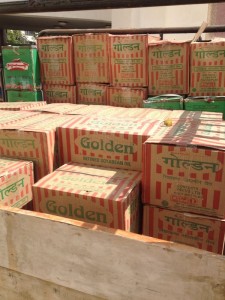
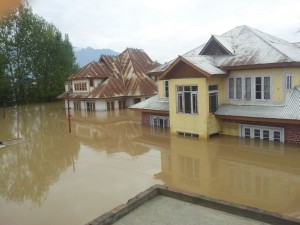

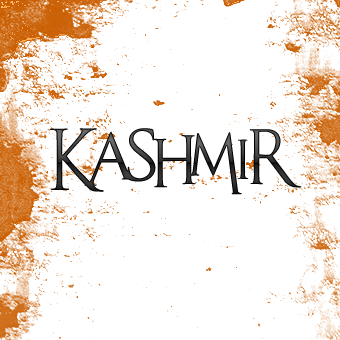
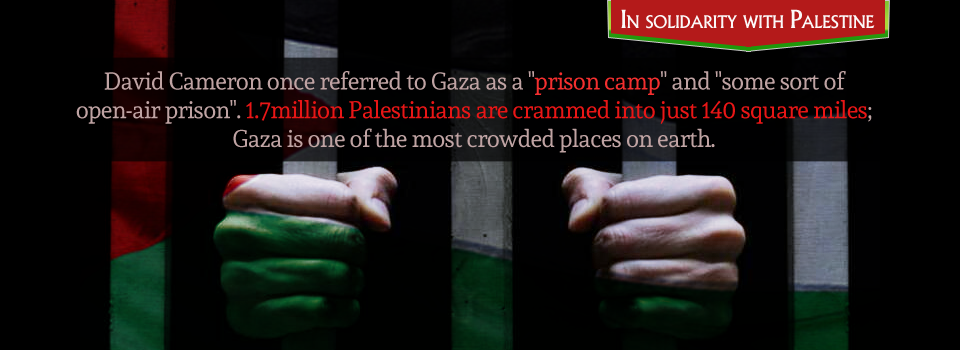
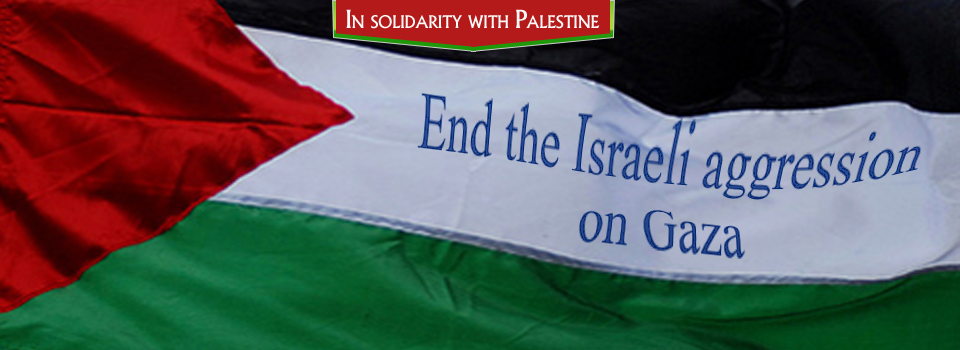
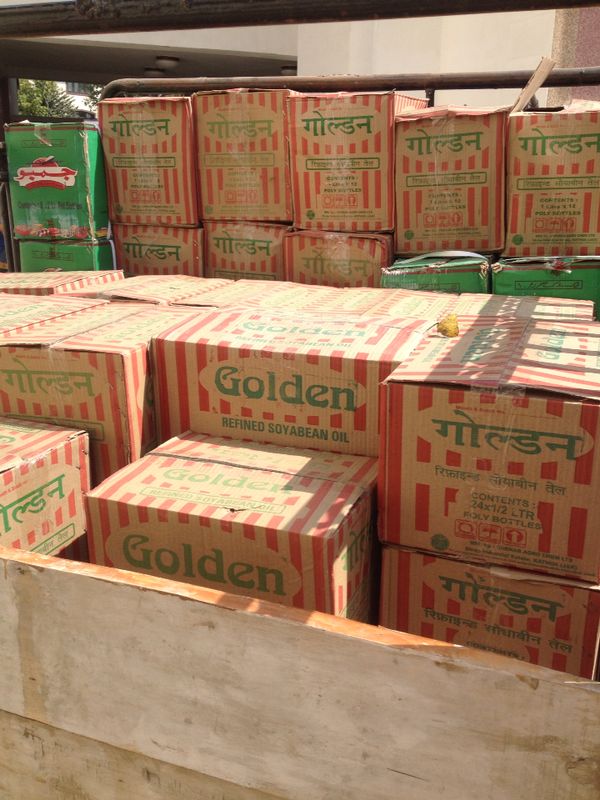


the govt. is not only cruel everyone who took position as head whether in govt. deptts. ,politicians or who hv resposibility of the people. they are corrupted. like….
the Junior Assistant Post was in Skims soura they changed the papers and every post was filled against the 3,00,000=00 corrupted people are Joint Director and his P.A. and their subordinates then after he promoted somewhere this is the reality of these corrupted people how we will sustain in the then after it leak by someone and case was register in the office of Crime Branch but after one year they did not took strong action against this crime.